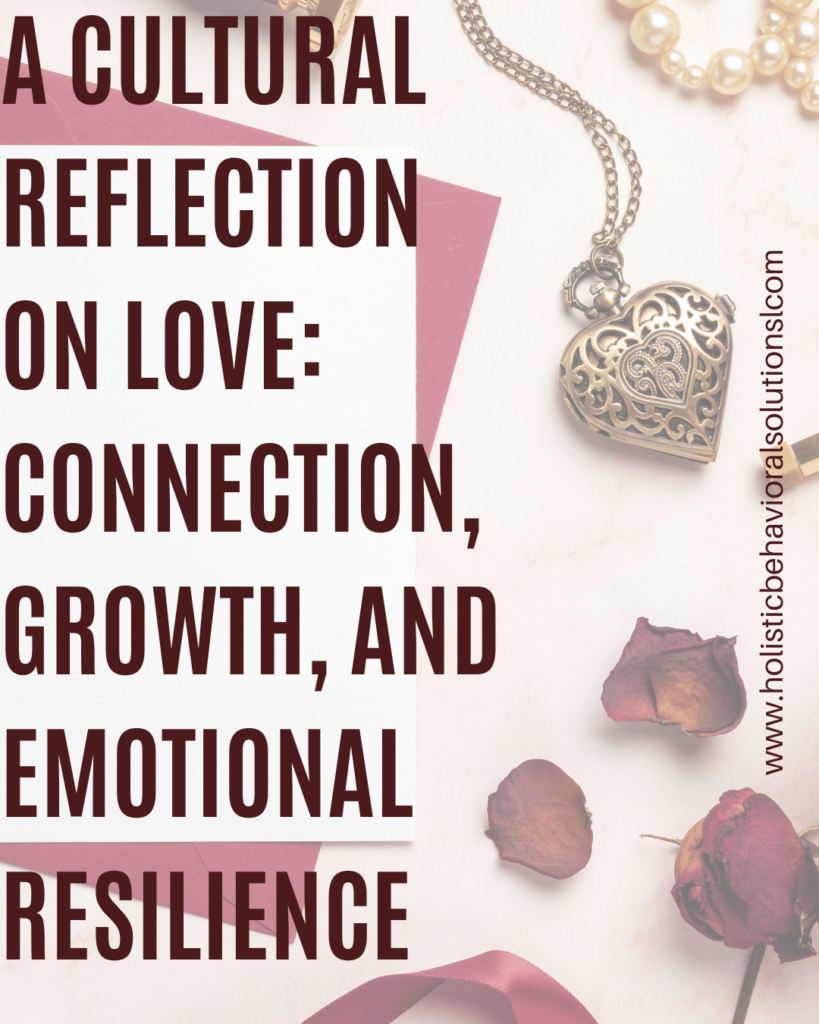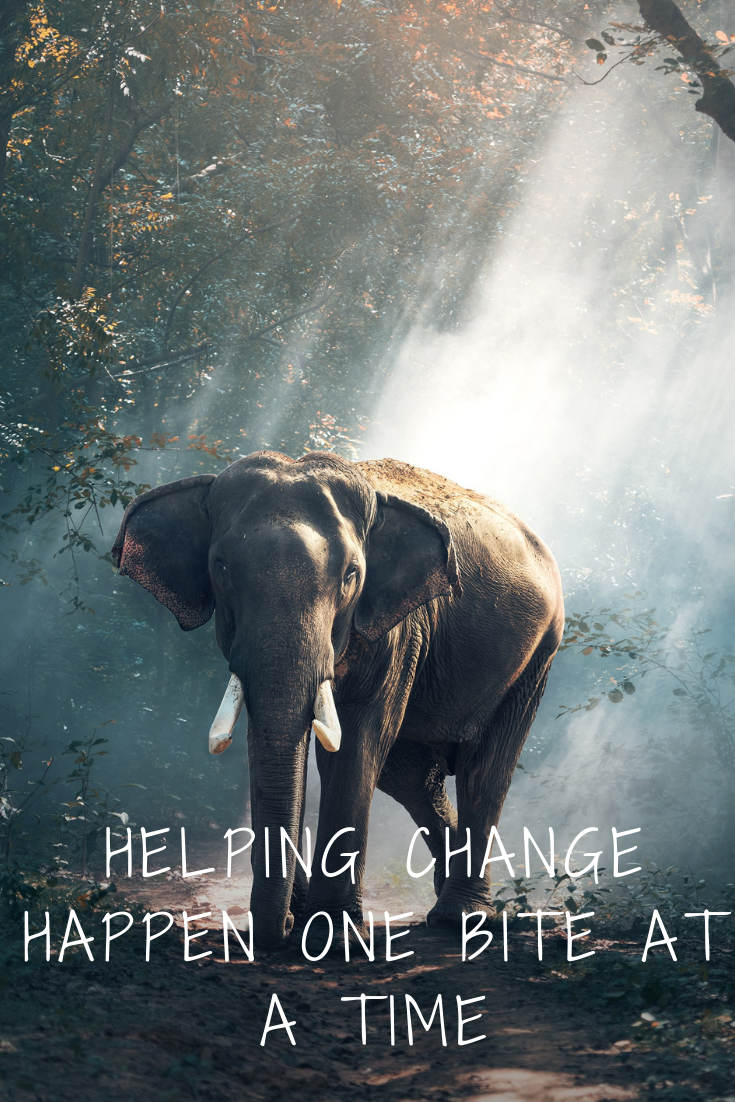
The Cultural Celebration of Love
In American culture, love is often celebrated as a symbol of freedom and personal fulfillment—a choice driven by desire, connection, and the right to follow the heart. For many, marriage is seen as the ultimate expression of that love, especially after generations of rigid expectations around who, how, and when we’re “allowed” to love.
But cultural narratives don’t just influence how we fall in love—they shape how we stay in love, how we view commitment, and how we respond to the challenges that inevitably arise in long-term relationships.
Love and Freedom: The American Romance Script
Modern dating emphasizes autonomy and personal preference. We’re taught to trust our instincts, choose our partners based on chemistry, and dismiss outside opinions. But is that always serving us?
As wedding season approaches, many still walk down the aisle with big dreams, even as the divorce rate in the U.S. remains steady at about 3.2 per 1,000 people. The average age of marriage continues to rise—now 29.8 for men and 27.8 for women—bringing with it more life experience, but often more emotional baggage, too.
So the question becomes: if we’re waiting longer and choosing more intentionally, why are so many relationships still struggling?
Why Do We Seek Love and Connection?
At its core, love is about connection and emotional fulfillment. Yet many approach relationships with an unconscious focus on what they get, rather than what they give. In every connection, there is an exchange of energy—and every exchange comes with its own cost and responsibility.
Love means something different to everyone. For some, it’s a refuge from inner turmoil. For others, it’s a source of personal growth or a mirror to reflect their highest potential. No matter the motivation, the desire to love and be loved is universal. The deeper question is: what are we willing to offer in return?
When Love Feels Elusive
If meaningful love seems out of reach, it may be a signal—not of failure, but of unfinished inner work. When relationships continuously falter, or the wrong patterns repeat, it’s worth examining whether our emotional insight and frustration tolerance are still maturing.
Meeting the wrong partners often reflects a deeper disconnect with our own values. When we’re unclear about who we are or what we need, it becomes harder to form aligned and fulfilling connections.
The Statistics Don’t Lie—But They Don’t Define Us
- 41% of first marriages end in divorce
- 60% of second marriages end in divorce
- 73% of third marriages end in divorce
These numbers suggest that switching partners isn’t the solution to relational fulfillment. Often, we carry the same unresolved issues into each new relationship, expecting a different result. But unless we grow individually, we’ll likely attract partners who reflect the same level of emotional development.
The Case for Relationships in the Modern World
With so many challenges, is it even worth it? The answer is yes—resoundingly. According to one of the longest-running longitudinal studies in the U.S., the quality of our relationships is the strongest predictor of long-term happiness and healthy aging.
Healthy relationships don’t happen by accident—they are cultivated. Intimacy isn’t instinctual for everyone. Many of us are still unlearning old patterns and learning how to be emotionally available, communicative, and securely connected.
And that’s okay. We can all get better. Hopefully, we practice. We can study. We can heal. Whether it’s through books, workshops, or therapy, emotional skill-building is a lifelong process—and one of the most rewarding investments we can make.
Connection Starts With You
Let’s normalize the effort it takes to love well. Not perfectly—but honestly. With grace, growth, and intention.
Support Your Inner Connection
While you’re working on your emotional wellness, don’t forget to care for your body and mind. Visit The Holistic Store for wellness supplements and supplies that support your emotional resilience, nervous system regulation, and overall well-being.

